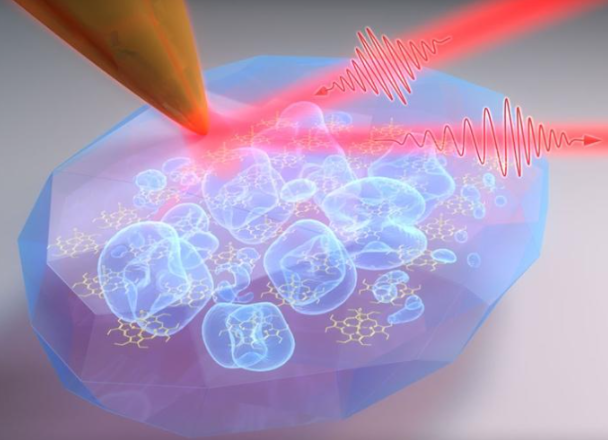Quantum vibrational microscopy and sensing
The quest from low-loss quantum materials, to efficient heat transport, high conductivity transistors, and chemical reactions all rely on understanding and engineering the local density of vibrational modes. In this talk, I will discuss the use of molecular vibrations and IR resonant nano-wire coupled molecular interactions as sensors and local probes for inter- to intra-molecular coupling, thermalization, and dissipation. This includes the development of new nano-imaging techniques that provide a qualitatively new window into the spatial, temporal, and low energy spectral vibrational landscape of molecular and other quantum materials. These new vibrational quantum scopes harness ideas developed in the context of quantum optomechanical control of motion to image the elementary processes of vibrational and polaron dynamics in ultrafast vibrational nano-movies with nanometer and femtosecond spatio-temporal resolution.

Figure 1. Infrared nano-imaging of spatial delocalization of the vibrational wavefunction, serving as quantum sensor and molecular ruler of molecular disorder, crystallinity, and intermolecular coupling that control the properties of functional molecular materials at their elementary level.
[1] K.-D. Park et al., Science Adv. 5, eaav5931 (2019).
[2] E. A. Muller, et al., ACS Photonics 5, 3594 (2018).
[3] B. Metzger et al., Phys. Rev. Lett. 123, 153001 (2019).
[4] E. A. Muller, et al., PNAS 117, 7030 (2020).
[5] M. A. May et al. Nano Lett. 21, 522 (2020).
[6] D. Yoo, et al. Nature Photonics. 15, 125 (2021).
[7] T. P. Gray, et al. Nano Lett. 21, 5754 (2021).